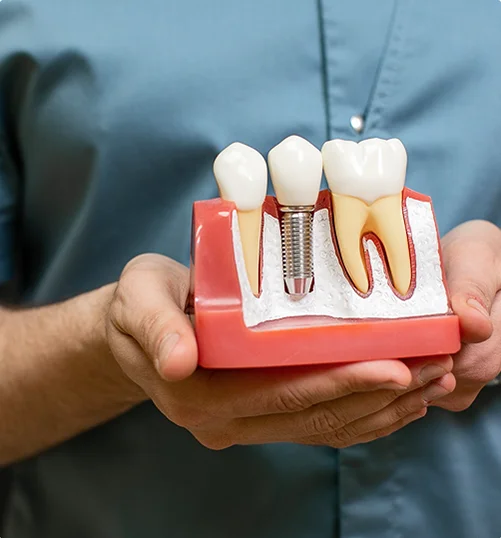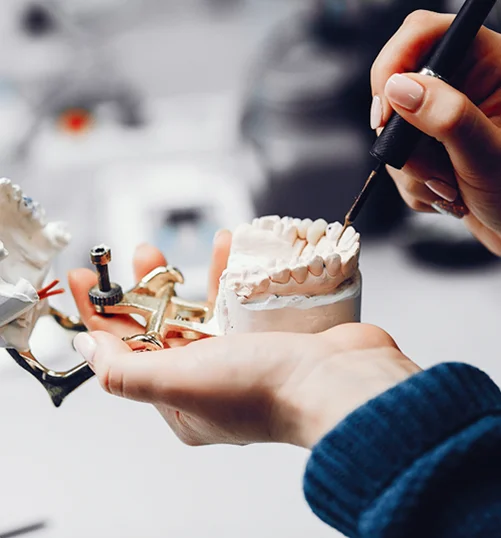How Are Dental Implants Useful?
Tooth loss can alter your oral functions, even if it’s just one more a few teeth that are lost. As chewing forces become unevenly distributed, chewing can be difficult, preventing you from enjoying your favourite foods. There can be drifting or tilting of adjacent teeth, making these prone to decay and further worsening chewing, possibly also jeopardising gum and jaw joint health.
Dental implants replace lost tooth roots and are similarly anchored in the jawbone. Implants are documented as a permanent method of replacing teeth, as they are firmly anchored in the bone.
Basically, an implant post is designed of high-grade titanium surface that integrates with the bone. Being used increasingly over the last thirty years, implants have helped millions gain back their oral function with natural looking tooth replacements.
Dental implants can be used in many ways, such as
- Replacing a single missing tooth
- Supporting a dental bridge replacing more than one lost tooth
- Supporting and stabilising a denture that’s removable
- Aiding in orthodontics by means of anchoring orthodontic forces


Advantages of Dental Implants
Dental implants can be considered the most ‘permanent’ way of replacing teeth, being supported by jawbone similar to actual tooth roots. So they can appear and function very similar to actual teeth.
Being made of high quality medical grade titanium, a dental implant is resistant to decay or erosion. As they stimulate the gum and bone, the loss of gum or bone tissue that occurs after teeth are lost is prevented greatly. Most importantly, an implant supported tooth replacement preserves the other natural teeth, as these don’t need to be ‘capped’ or ‘reduced’ in any way. Dental implants can used to provide fixed restorations for those who lack enough teeth to design a fixed bridge, thus saving the inconvenience of a removable denture.
What is the procedure for Dental Implants?
As implants need sufficient and healthy bone to be anchored in, a dental implant consultation requires a very detailed examination of the condition of jawbone. We perform an in- depth exam of your oral condition, health status, and restorative requirements. X-rays, CT scans or models might be needed to further analyse a case. While dental implants may not be suitable for every case, advances in dental implant science increasingly allow us to treat more people with implants using high-end clinical and technological advances such as bone augmentation.
Clinical procedures for dental implants involve an implant surgery to place the implant. This is usually performed in the dental office and under local anaesthesia, similar to a dental extraction. While you can expect some discomfort or swelling, there is usually no need to vary your routine. After the implants are allowed to heal, the implant head is uncovered and impression procedures are performed. The time needed to go from implant placement to the final restoration varies from the same day to as much as six months and depends on each case.
